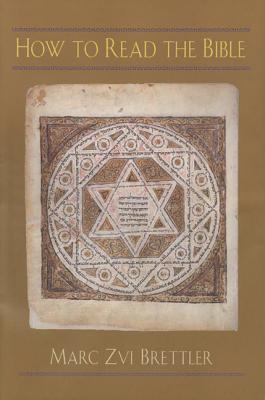"As a professor of biblical studies, I am frequently sent textbooks . . . and I often consult academic introductions to the field as well. None of them is as clear, sophisticated, and readable as this book. For Jewish and non-Jewish readers. . . . The book's accomplishments remain stellar."--Benjamin D. Sommer; Sh'ma/Koret Book Review
Master Bible scholar and teacher Marc Brettler argues that today's contemporary readers can only understand the ancient Hebrew Scripture by knowing more about the culture that produced it. And so Brettler unpacks the literary conventions, ideological assumptions, and historical conditions that inform the biblical text and demonstrates how modern critical scholarship and archaeological discoveries shed light on this fascinating and complex literature.
Brettler surveys representative biblical texts from different genres to illustrate how modern scholars have taught us to "read" these texts. Using the "historical-critical method" long popular in academia, he guides us in reading the Bible as it was read in the biblical period, independent of later religious norms and interpretive traditions. Understanding the Bible this way lets us appreciate it as an interesting text that speaks in multiple voices on profound issues.
This book is the first "Jewishly sensitive" introduction to the historical-critical method. Unlike other introductory texts, the Bible that this book speaks about is the Jewish one--with the three-part TANAKH arrangement, the sequence of books found in modern printed Hebrew editions, and the chapter and verse enumerations used in most modern Jewish versions of the Bible. In an afterword, the author discusses how the historical-critical method can help contemporary Jews relate to the Bible as a religious text in a more meaningful way.
